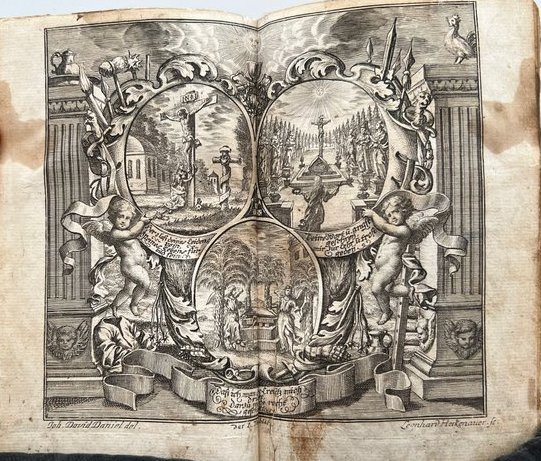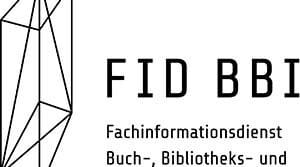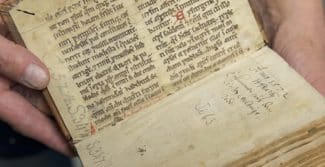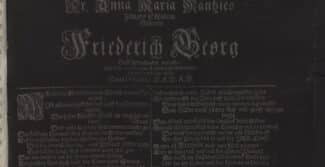26 September 2023
The author of Das Bekreuzigte Hertz is Magdalena Sibylle of Württemberg, Princess of Hesse-Darmstadt by birth (1652–1712). Why did a princess publish a prayer book? What role did religion play in her official duties? In the early modern period, the education of a young princess at court consisted primarily of training in piety, not just for the sake of the salvation of her own soul but also to prepare her for her representative role as a precentor for her subjects and a protector of the church. The precise nature of a princess’s practice in piety was determined by customs at the court in which she grew up. A major feature was learning to retell her reading of the bible and the sermons she heard, recounted in her own words in written form and as ejaculatory prayers. At the court in Darmstadt, where Magdalena Sybille spent the first 13 years of her life, the practices of prayer and meditation were strongly influenced by poetry and emblematic illustrations, in particular through the writings of the popular Nuremberg devotional authors Johann Saubert, Johann Michael Dilherr and Georg Philipp Harsdörffer.
What is emblematic illustration and why is it important to understand it in order to properly assess the thought of the early modern period? It is a European phenomenon that began in the 16th century and became a key foundation of all fields of art in the 17th century. An emblem is a combination of image and text that requires decoding. Emblems were so widespread and so well known that contemporaries were able to make connections when reading, contemplating or listening that are not immediately apparent to today’s readers.
Following the death of her mother and until her betrothal in 1672, Magdalena Sibylle of Württemberg lived at the court of her aunt Hedwig Eleonora, Queen of Sweden, where the young princess continued her practice of pious writing and created her own cycle of emblems, which remained handwritten. In 1673 Magdalena Sibylle married the Hereditary Prince of Württemberg. The duchess was pregnant with her fourth child when her husband died suddenly in 1677. During the Nine Years’ War, the south-west of the Duchy of Württemberg was badly devastated by French troops. Magdalena Sibylle fought energetically for the co-regency, which was initially denied her, and over many decades she played an eminently significant role in successful negotiations with French attacking and occupying forces. In 1693, when her regency came to an end, she retired to her widow’s estates in Stetten and Kirchheim.
The regular publication of devotional books can be seen as a constitutive element of Magdalena Sibylle’s presentation of herself as the mother of her people, and in 1712, when she died, her writings were acknowledged as such with impressive celebrations during her funeral rites. Her works, including the new acquisition Das Bekreuzigte Hertz (1698), are handbooks for the domestic practice of meditation, prayer and song. Her emblems play a key role in this, as they offer visual inspiration for the users’ own practice of contemplation (fig. 1).
The surviving catalogue of the duchess’s own library shows that emblematic literature was a major part of her collection. Not only did she make use of existing works of this kind for her own writings, she also had her bedroom in Stuttgart decorated with emblematic paintings, and in a larger project in 1682 she had the chapel at her widow’s seat in Stetten fitted out with an elaborate emblematic design. In 1680 and 1690, during her co-regency, she published two devotional books. The three-part Das Bekreuzigte Hertz followed in 1698. The foreword stated that this 750-page book was intended to reinforce faith and to present the suffering of Christ – ‘all of them with a different number of emblems and symbolic spiritual pictures … so that a Christian reader / by viewing and contemplating these / will feel and know the sweetness / of the miracles, mercies and blessings of Christ.’ This entails disregarding worldly affairs, kindling emotions and identifying with all the details of Christ’s suffering.
Intensive contemplation of the pictures is to lead to deep meditation and repentance and atonement. At this time, monarchs and rulers still ordained country-wide penitential sermons and days of penance on the occasion of plagues, wars or other catastrophes, with the aim of averting divine punishments. As such, a prayer book written by a princess was not merely a work of piety but also a means to uphold statehood. In a penitential song in the third part of the book, the princess wrote:
Oh world! Oh people! Oh times/
With nothing but war and strife/
Plundering/ Murder and fire/
With nothing but cursing/ Lying/
Betrayal and deceit/
Heed my words across this land!
All things are confounded/
The world begins to crack/
God’s vengeance is flaming/
Devouring villages/ Towns and countries/
And we obdurate sinners/
Do nothing/ To assuage or staunch it.
Title image: Das Bekreuzigte Hertz (1698). The title engraving of the three-part work.
The author
Dr Jill Bepler was director of the Department of Fellowship Programmes and Scientific Events at the Herzog August Bibliothek until 2018. She is a member of the board of the HAB’s friends’ association, Gesellschaft der Freunde.
More









